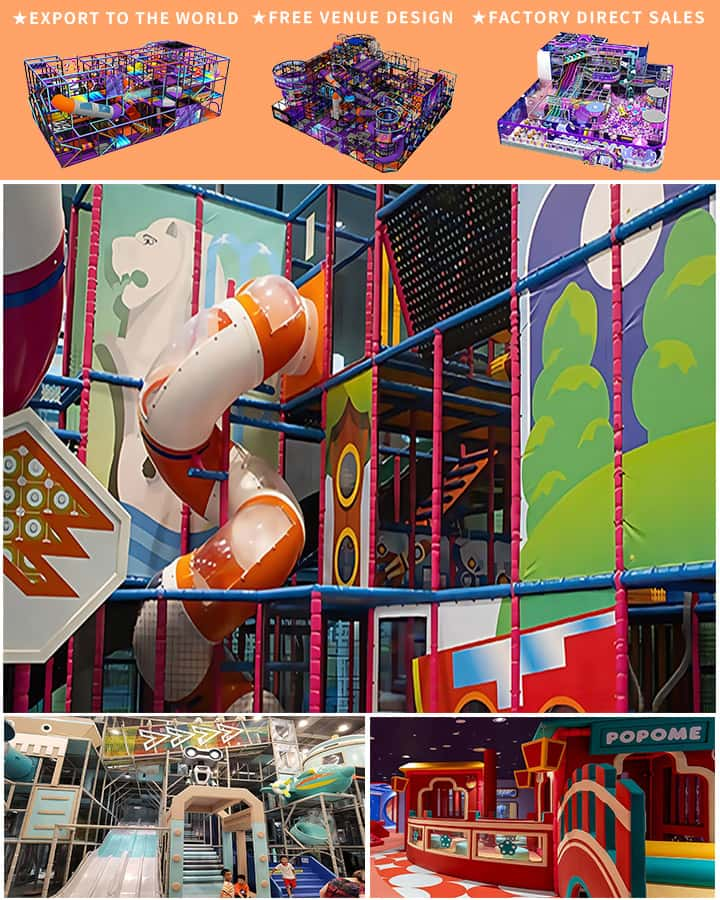Ensuring the safety of children while they play is paramount for parents, caregivers, and community leaders alike. A safe playground not only provides a fun environment but also fosters physical development, social skills, and emotional well-being. This guide aims to shed light on essential considerations for selecting and maintaining safe playground equipment that meets national safety standards.
Importance of Safety in Playground Equipment
Before delving into specific tips, it’s vital to understand why safety in playground equipment is critical. According to the U.S. Centers for Disease Control and Prevention (CDC), thousands of children are injured in playground-related accidents each year. These injuries can often be prevented with proper planning, selection, installation, and maintenance of playground equipment.
Key Factors to Consider When Choosing Playground Equipment
1. Age Appropriateness
One of the first considerations is the age range for which the equipment is intended. Different pieces of playground equipment are designed for various age groups, ensuring that the challenges presented match the children’s physical and cognitive abilities. For instance, toddlers may benefit from simple swings and slides, while older children might enjoy more complex structures like climbing walls and zip lines.
2. Material Quality
The quality of materials used in playground equipment plays a crucial role in its durability and safety. High-quality materials such as heavy-gauge steel, high-density polyethylene, and non-toxic finishes can withstand rigorous play, resist wear and tear, and reduce the risk of injury. Always look for certifications from reputable organizations like the American Society for Testing and Materials (ASTM) or the Consumer Product Safety Commission (CPSC).

3. Design and Maintenance
Well-designed playground equipment should minimize the risk of hazards such as pinch points, entrapment areas, and sharp edges. Equipment design should also consider accessibility to accommodate children with diverse needs, including those with disabilities. Regular maintenance checks are essential to identify and rectify potential issues like loose bolts, broken parts, or deteriorated surfaces. It’s advisable to establish a routine maintenance schedule and keep detailed records of inspections and repairs.
4. Safety Surfacing
Accidents can happen, so having appropriate safety surfacing around playground equipment is crucial. Safety surfaces like rubber mats, wood chips, or sand can cushion falls and reduce the severity of injuries. Ensure that the chosen surface complies with ASTM standards, providing sufficient depth and impact absorption suitable for the height of the playground structures.
5. Supervision and Education
Adequate supervision is an indispensable component of a safe playground environment. Trained supervisors can enforce rules, monitor children’s activities, and promptly address any unsafe conditions or behaviors. Additionally, educating children about playground safety—such as taking turns, not pushing others, and using equipment correctly—can significantly reduce the likelihood of accidents.
Popular Safe Playground Equipment Options
Swings
Swings remain a classic choice that offers endless enjoyment while promoting balance and coordination. Look for swings with secure harnesses, sturdy ropes, and comfortable seats. Installing rubberized flooring beneath swings further enhances safety.
Slides
Slides come in various designs and sizes, catering to different ages and preferences. Choose slides with smooth, rounded edges and wide steps to prevent slips and falls. Incorporate soft landing zones at the base to cushion any tumbles.
Climbing Structures
Climbing structures stimulate physical activity and build confidence. Ensure these structures have multiple gripping surfaces and stable platforms to prevent falls. Use rubberized safety mats underneath to provide additional protection.
Seesaws and Merry-Go-Rounds
These traditional playground staples encourage social interaction but require careful attention to safety. Seesaws should have anti-slam features, and merry-go-rounds must be securely anchored and equipped with grab bars.
Conclusion
Creating a safe playground environment is a shared responsibility that involves selecting appropriate equipment, adhering to strict safety standards, conducting regular maintenance, and fostering a culture of supervision and education. By prioritizing safety, we can ensure that playgrounds remain joyful places where children can explore, learn, and grow without unnecessary risks. Invest wisely in safe playground equipment today and give children the gift of a secure and enriching play experience.




